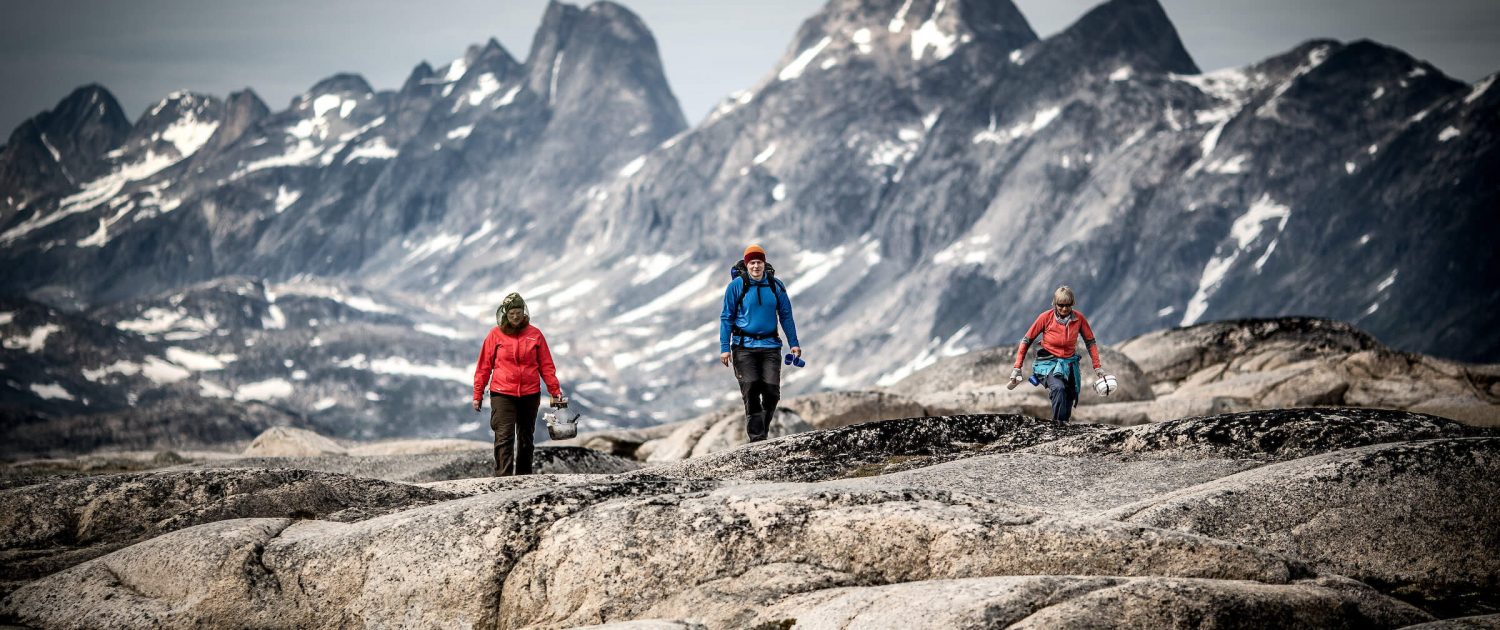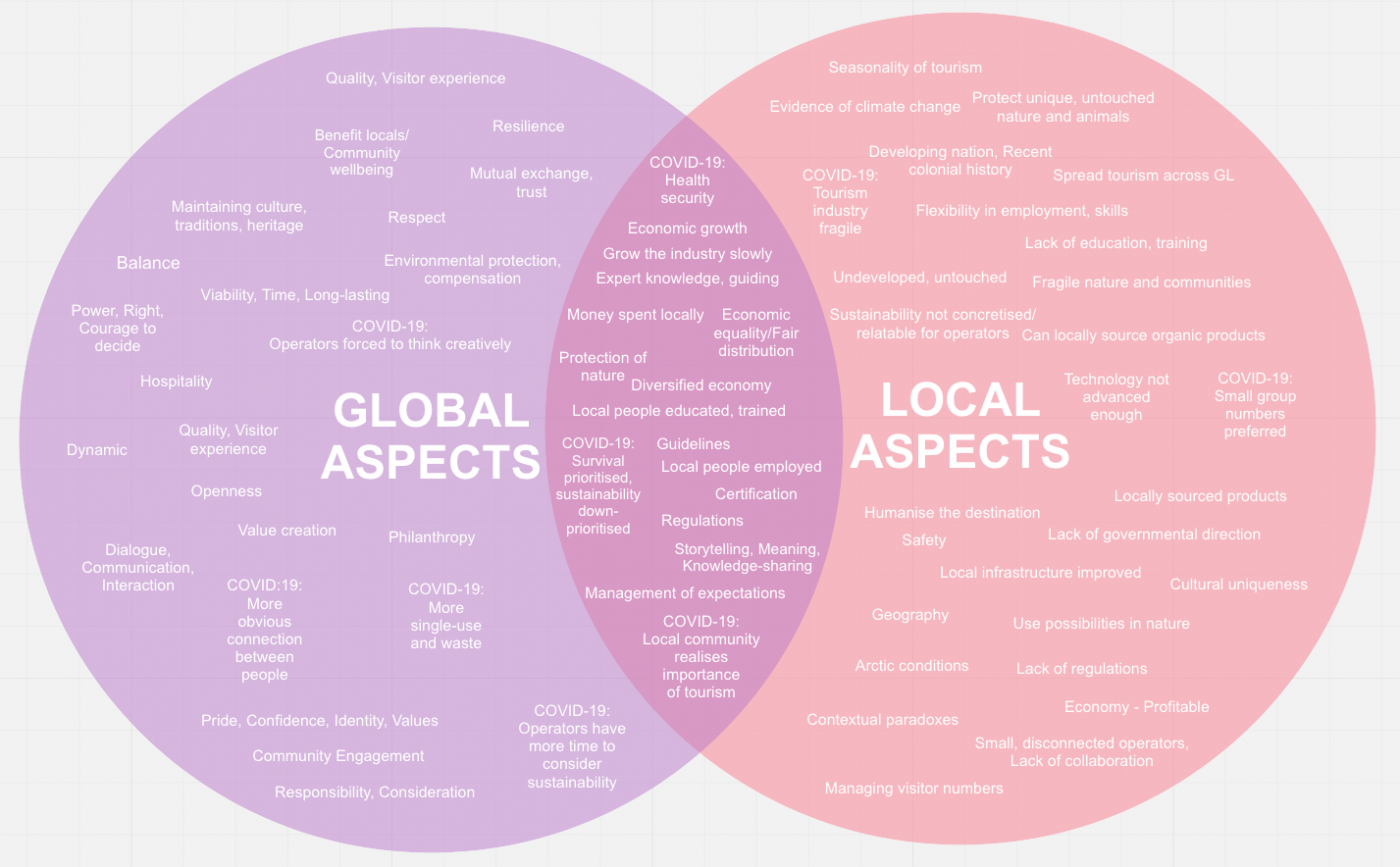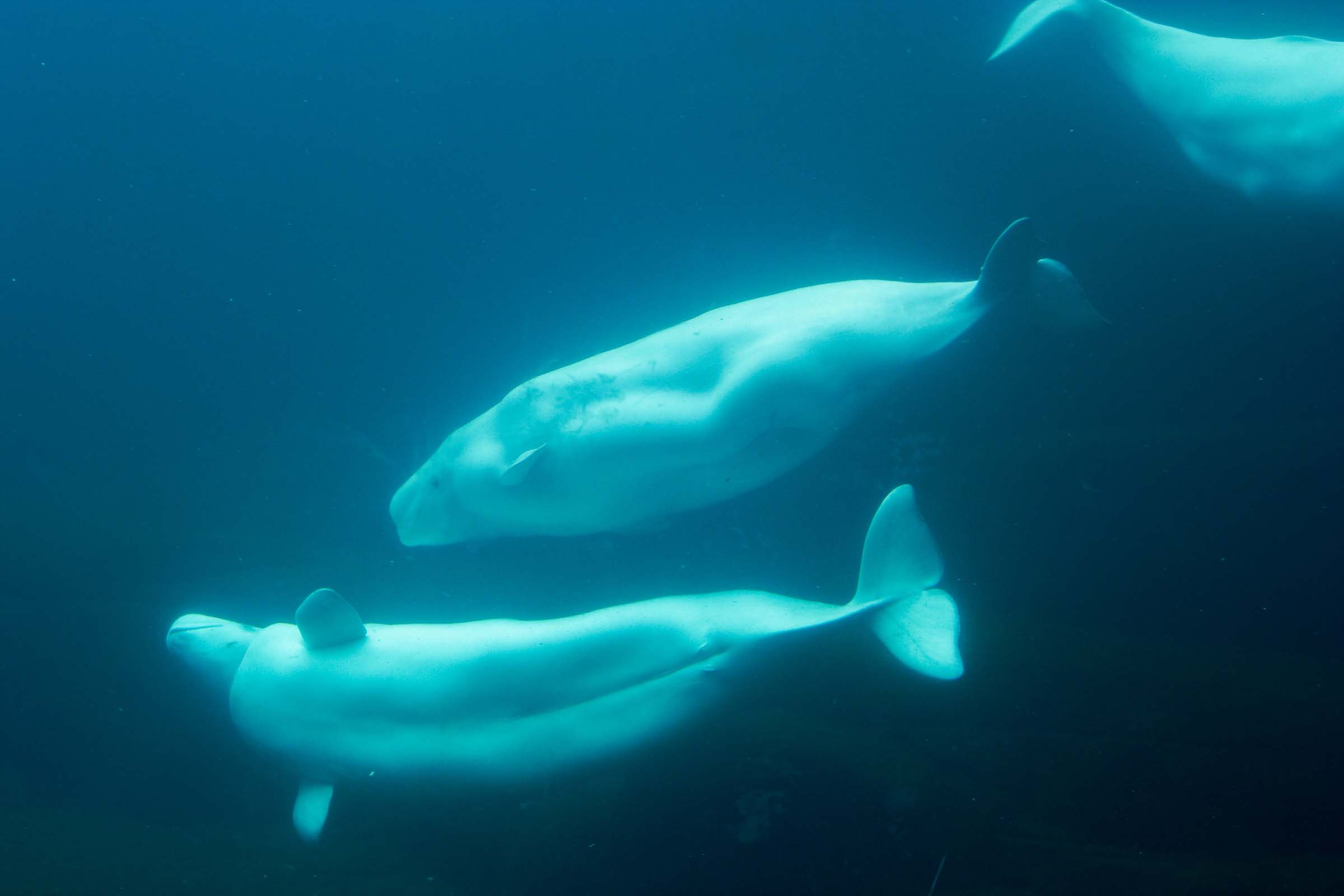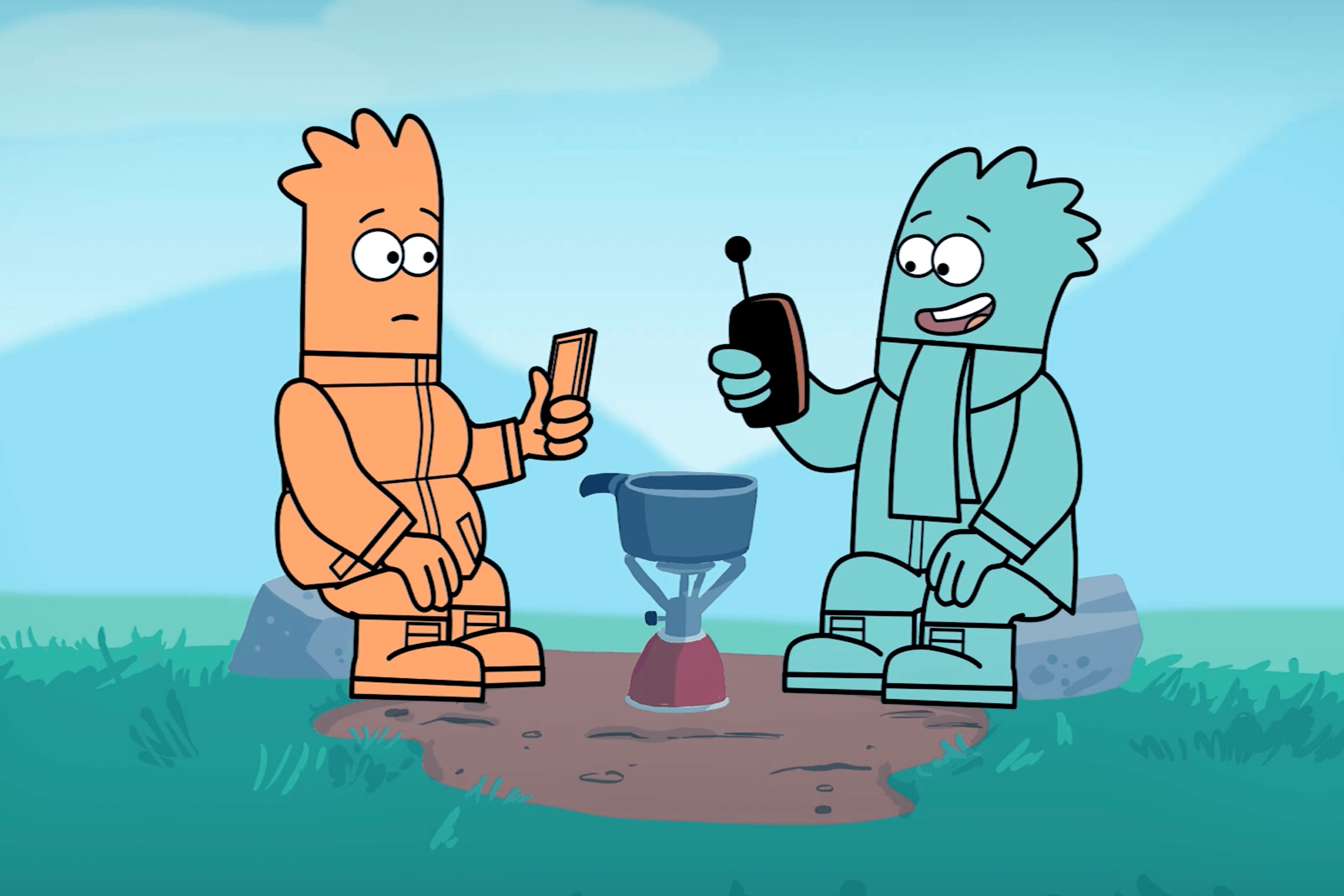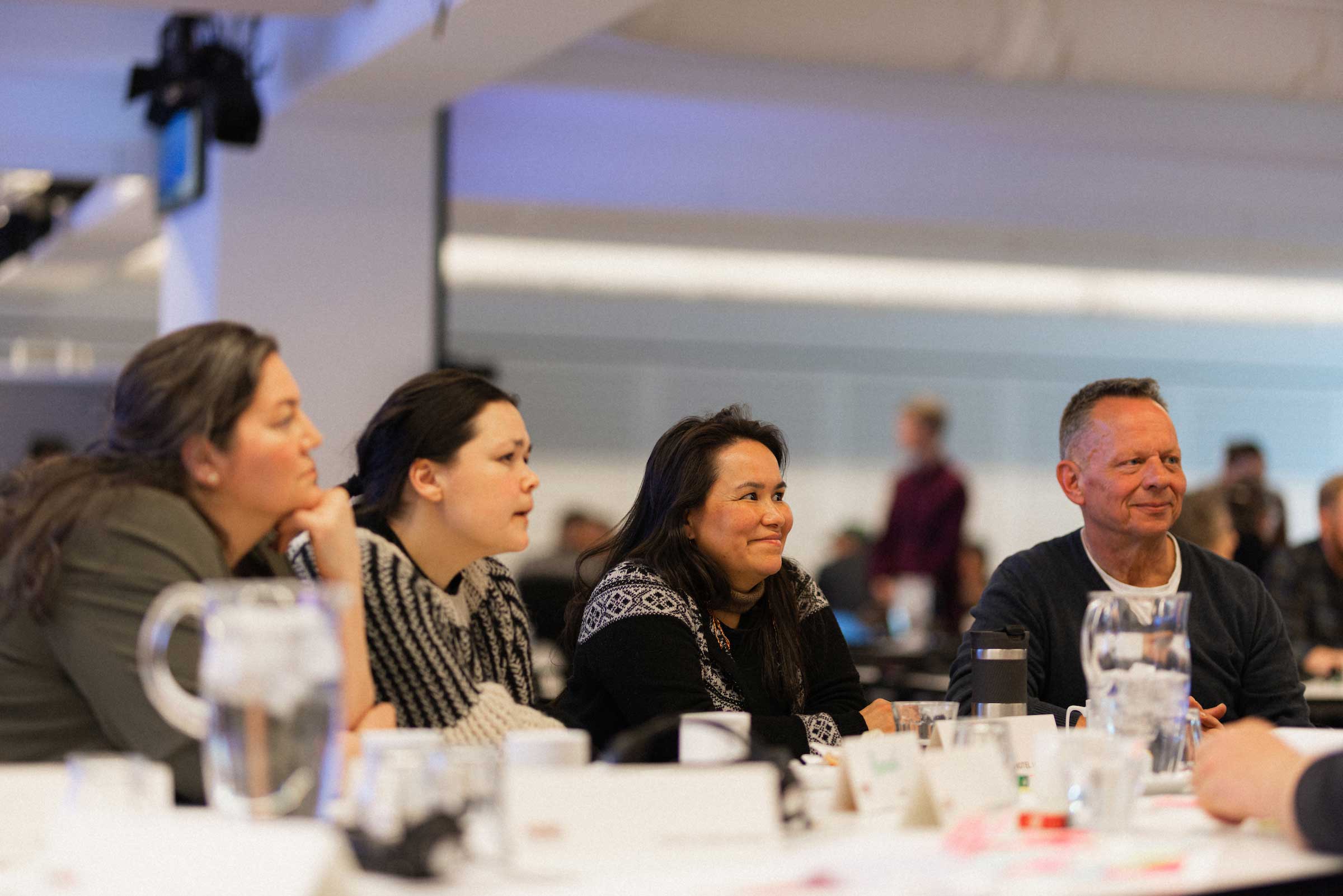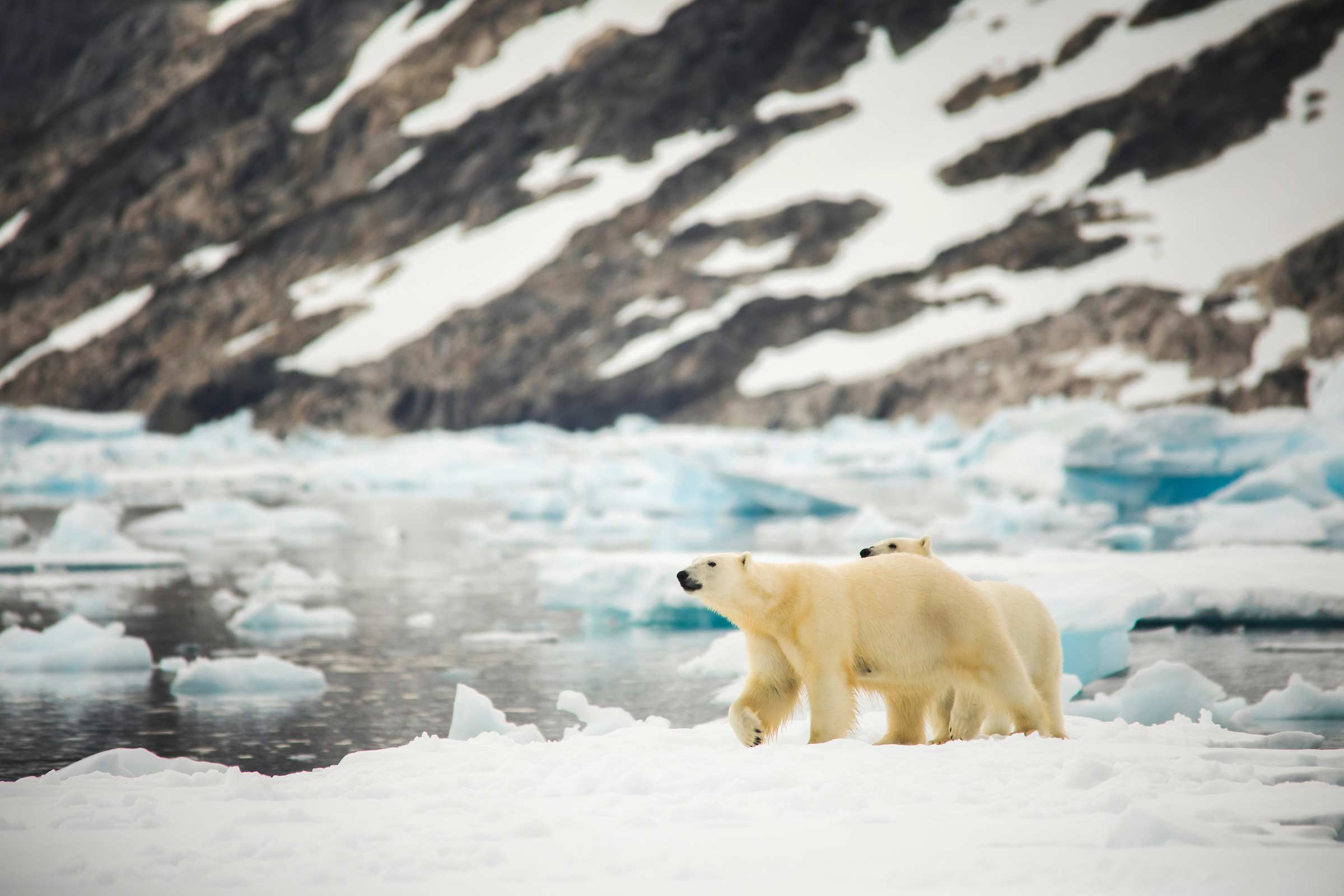4 key points of debate / discussion
There was of course disagreement on some of the topics related to sustainable tourism. Below I will discuss 4 points of debate that stood out from the interview data:
1. Is it realistic to look for ‘balance’ in sustainable tourism?
There is a lot of talk about ‘balance’ in the academic literature on sustainable tourism but also in the industry around the world. However, many of my interviewees did not see this as achievable or realistic. Many explained that there is a trade-off involved in any attempt to achieve balance: that by prioritising one aspect of sustainable tourism, another one gets down-prioritised. A classic example of this is the whale hunting debate – by protecting whales from being hunted, we may sustain nature, but the preservation of culture loses out.
2. Is it in the nature/culture of Greenlanders to be sustainable?
Nature and culture were very popular topics in relation to sustainable tourism.
“I think [sustainability] is actually pretty fundamental for us in Greenland. We have this collective behaviour that we should use the resources in a way that benefits us all. Historically you could not own property, you cannot own land, everything belongs to us all … I think it’s very much a part of our culture to have that kind of mindset.” Salik Hard, Sermersooq Business
Some agree that sustainable behaviour comes naturally to Greenlanders; others disagree. But whatever your view, we can certainly argue that both culture and nature are very important to sustainable tourism in Greenland. So we should think about how Greenlandic culture fits into our vision of sustainable tourism.
3. Economic sustainability: different definitions for different interests
The topic of economic sustainability was also very popular in relation to sustainable tourism. But there was disagreement about how it should be understood. For some, an economically sustainable tourism industry is one that distributes growth fairly across social strata – so the worse off in the local community can see some benefit. For others, economic sustainability is about the sustainable growth of their own tourism businesses. These priorities of course depend on whether interviewees are speaking from a governmental or not-for-profit perspective, or from a privately-owned business perspective.
4. Sustainable tourism changes in time as well as in space
My interviews also brought to light some new aspects of sustainability that hadn’t received so much attention before the COVID-19 crisis. For example, resilience has gained importance as an aspect of sustainable tourism since the COVID-19 crisis has revealed how fragile tourism can be in the face of global health crises.
What did stakeholders agree on?
Despite all the complexity and disagreements, I did manage to identify 8 priorities for sustainable tourism that most of my interviewees agreed were most important.
The 8 priorities
(i) managing visitor numbers
(ii) safety (especially regarding cruise ships)
(iii) spread tourism across Greenland
(iv) COVID-19 – health security & resilience
(v) protect the unique, untouched nature
(vi) transmit cultural uniqueness
(vii) economic growth
(viii) grow the industry slowly
–
What is special about sustainable tourism in Greenland?
Although you may find many of these priorities in sustainable tourism strategies in other destinations, they each have a special significance for Greenland. For example, number 4 – COVID-19 – health security and resilience – is a particular concern for Greenland because of our limited healthcare capacity and emergency response infrastructure, and our distance from origin markets. So it’s actually the local context that makes this a priority for sustainable tourism in Greenland.
Also, the transmission of local culture, rather than the protection of it, is something that stood out in my interviews. Greenlanders overwhelmingly want to teach their culture to tourists rather than just preserve it, and this is part of sustainable tourism for them. Many interviewees spoke of the value that Greenlandic traditions have today – and argued that people from elsewhere can really learn from them.
Greenland’s contextual features can even guide us in making decisions about what is sustainable for us:
“Tourism can be an extremely important industry for Greenland, but we need it to grow from within. We need to do it ourselves, and it can be slow … Everything grows slowly in the Arctic anyway. So why not let the tourism industry grow slowly also, from within.” Erik Palo, Arctic Boat Charter
The 8 priorities above offer a direction for sustainable tourism development in Greenland, although as we have seen, there will inevitably be trade-offs and compromises along the way. Hopefully these examples show that there is value in what makes Greenland different, and that these differences can contribute to a sustainable tourism development that not only fits our local context, but also advances international understandings of how sustainable tourism should be practised.
To learn more about Liz’s PhD project, get involved or share your perspective with Liz, write to her on liz@visitgreenland.com.

